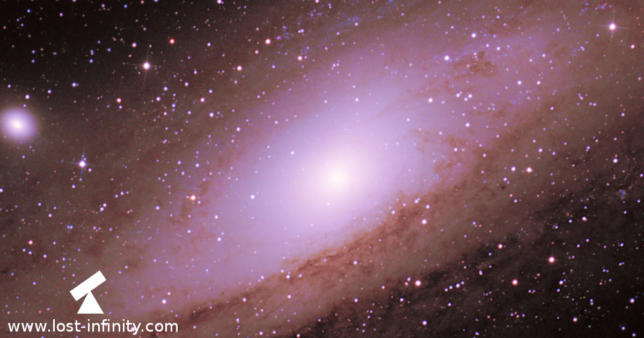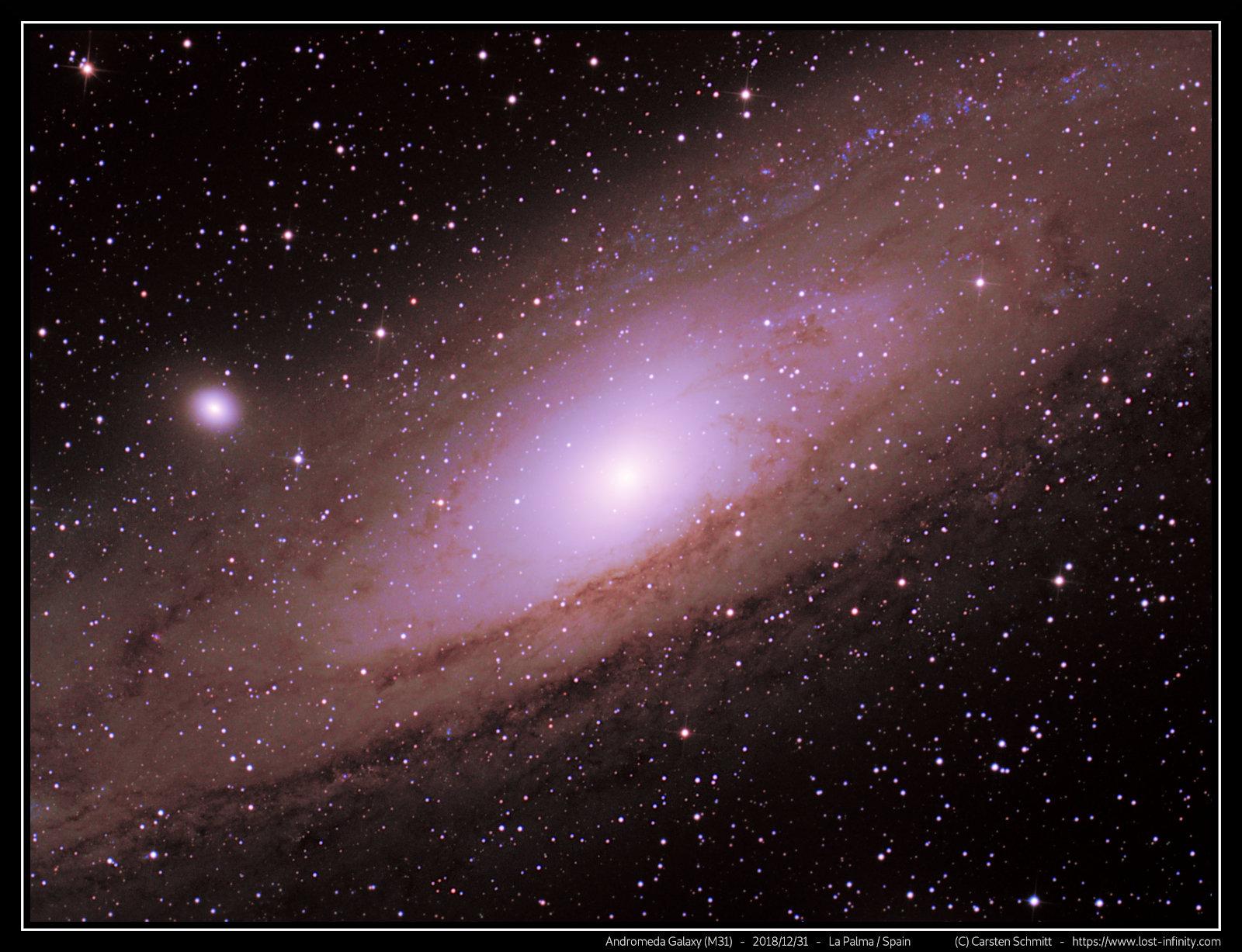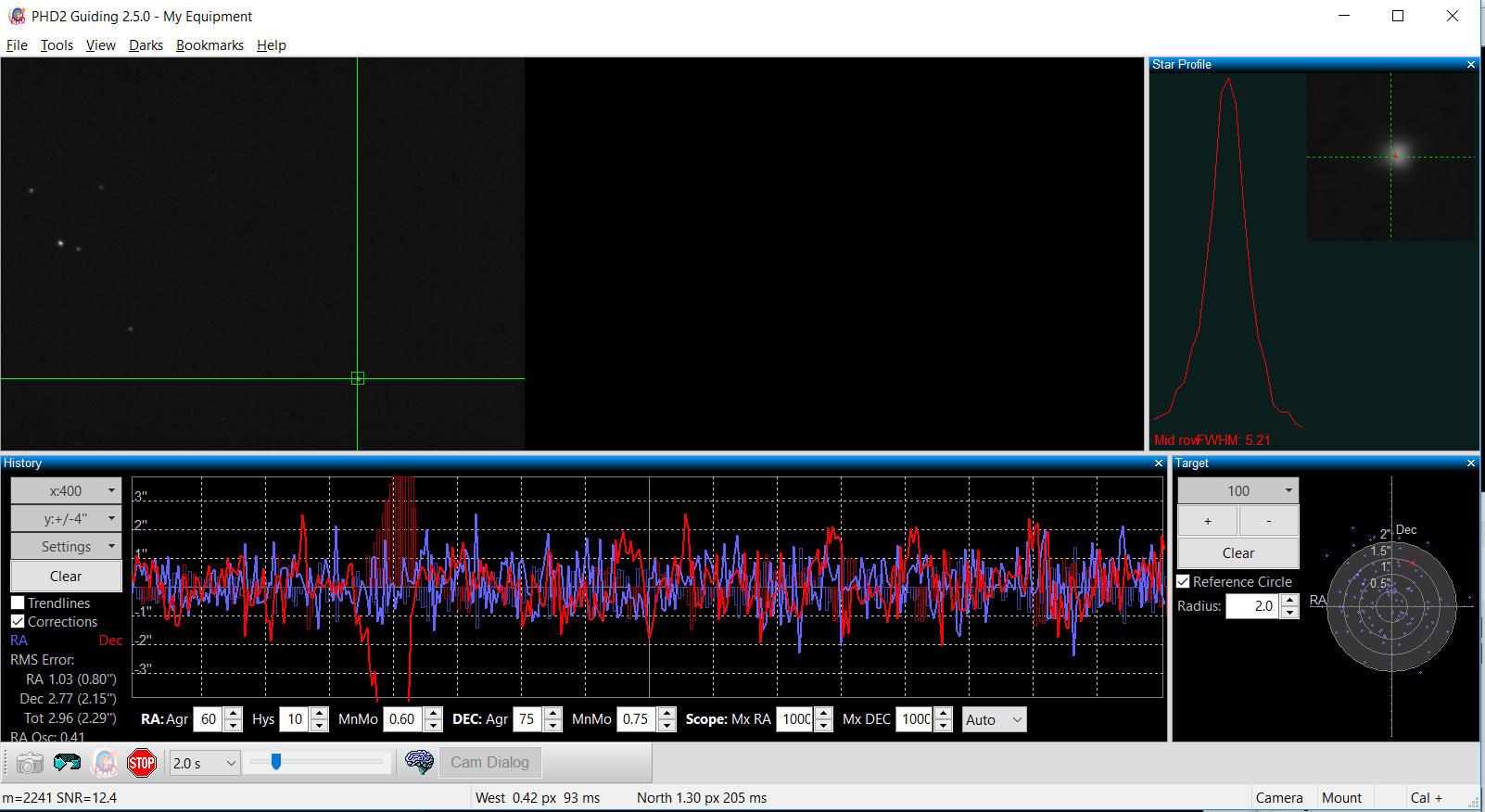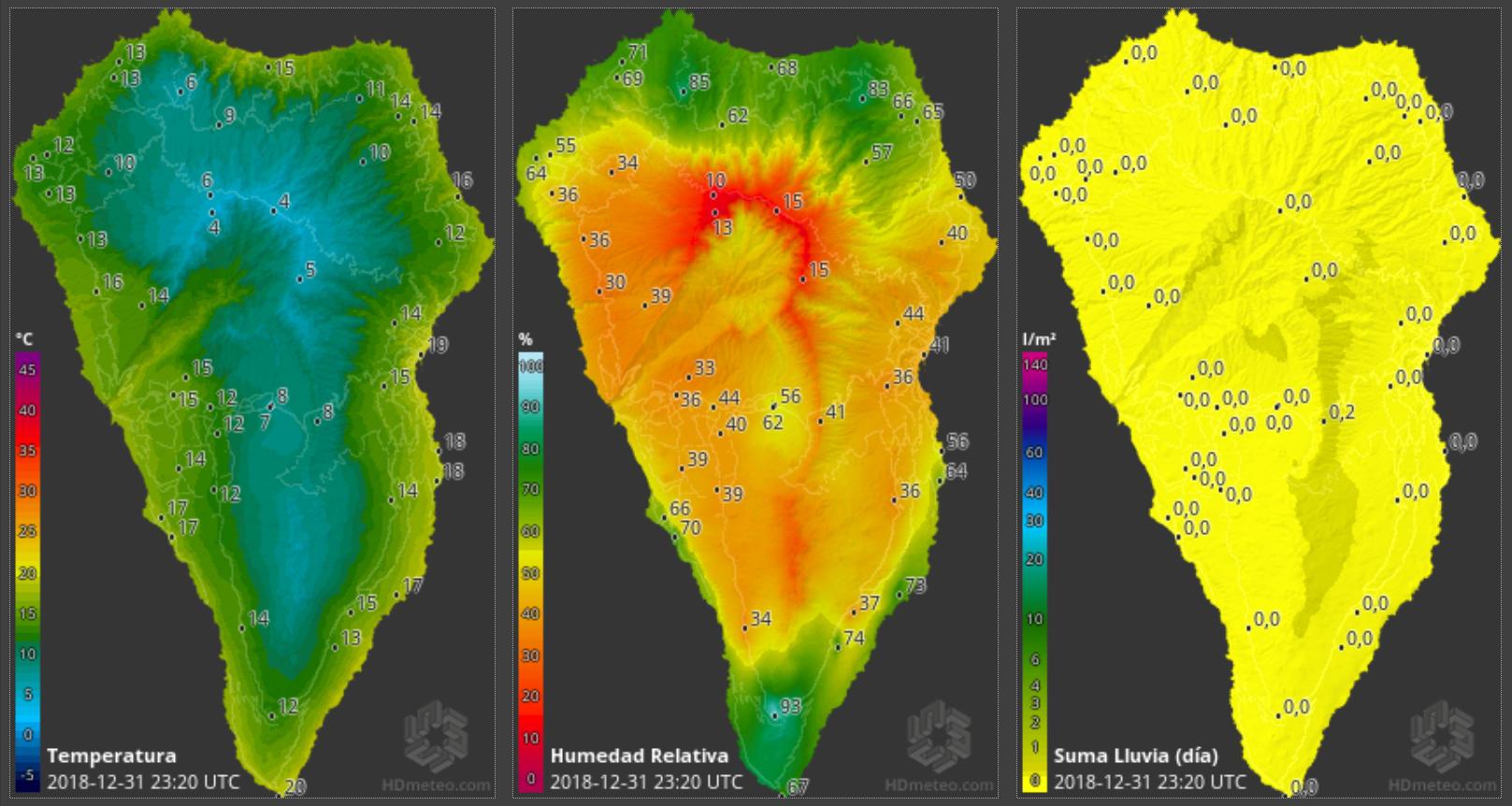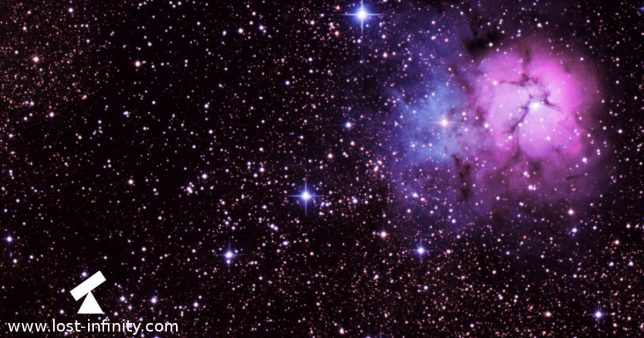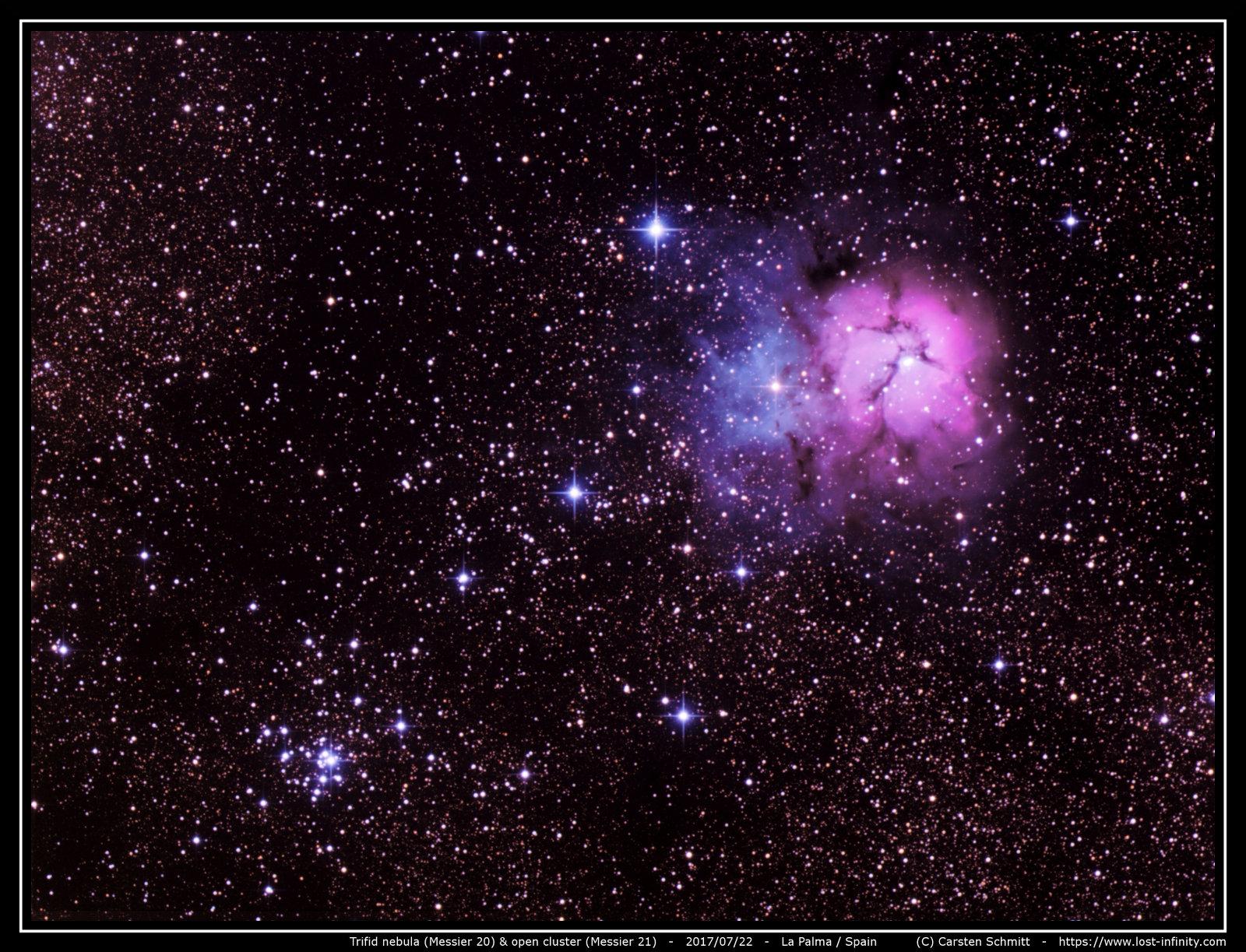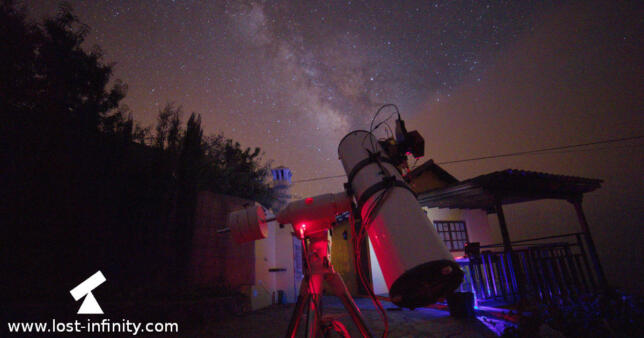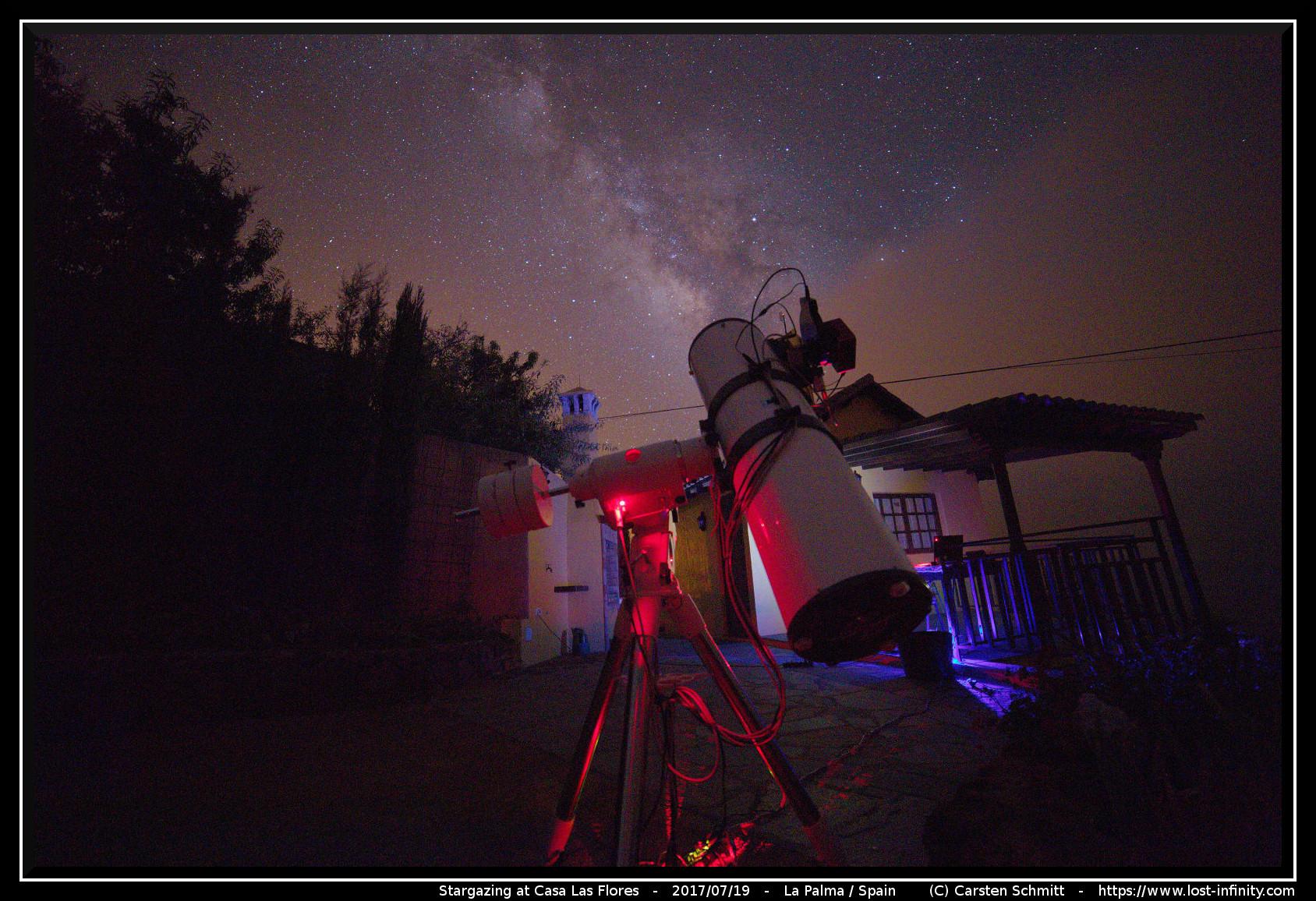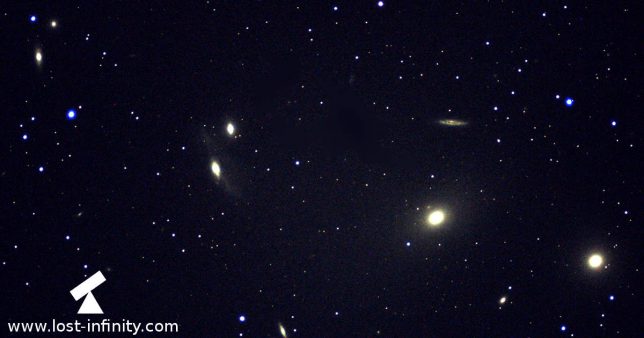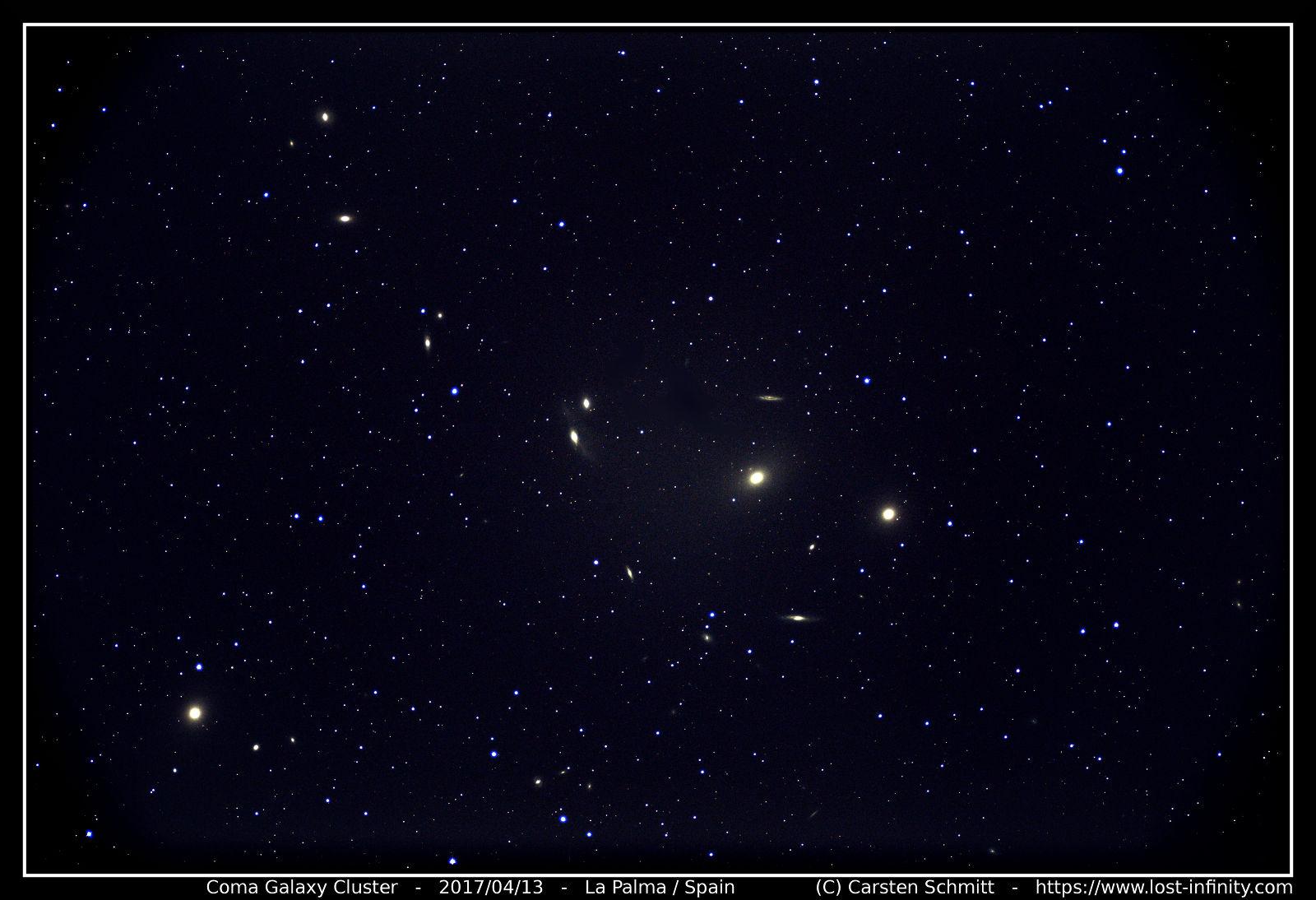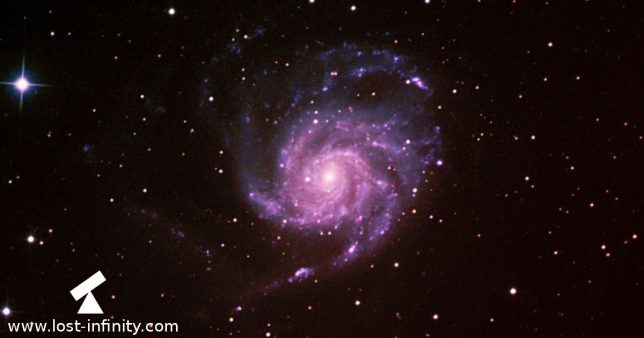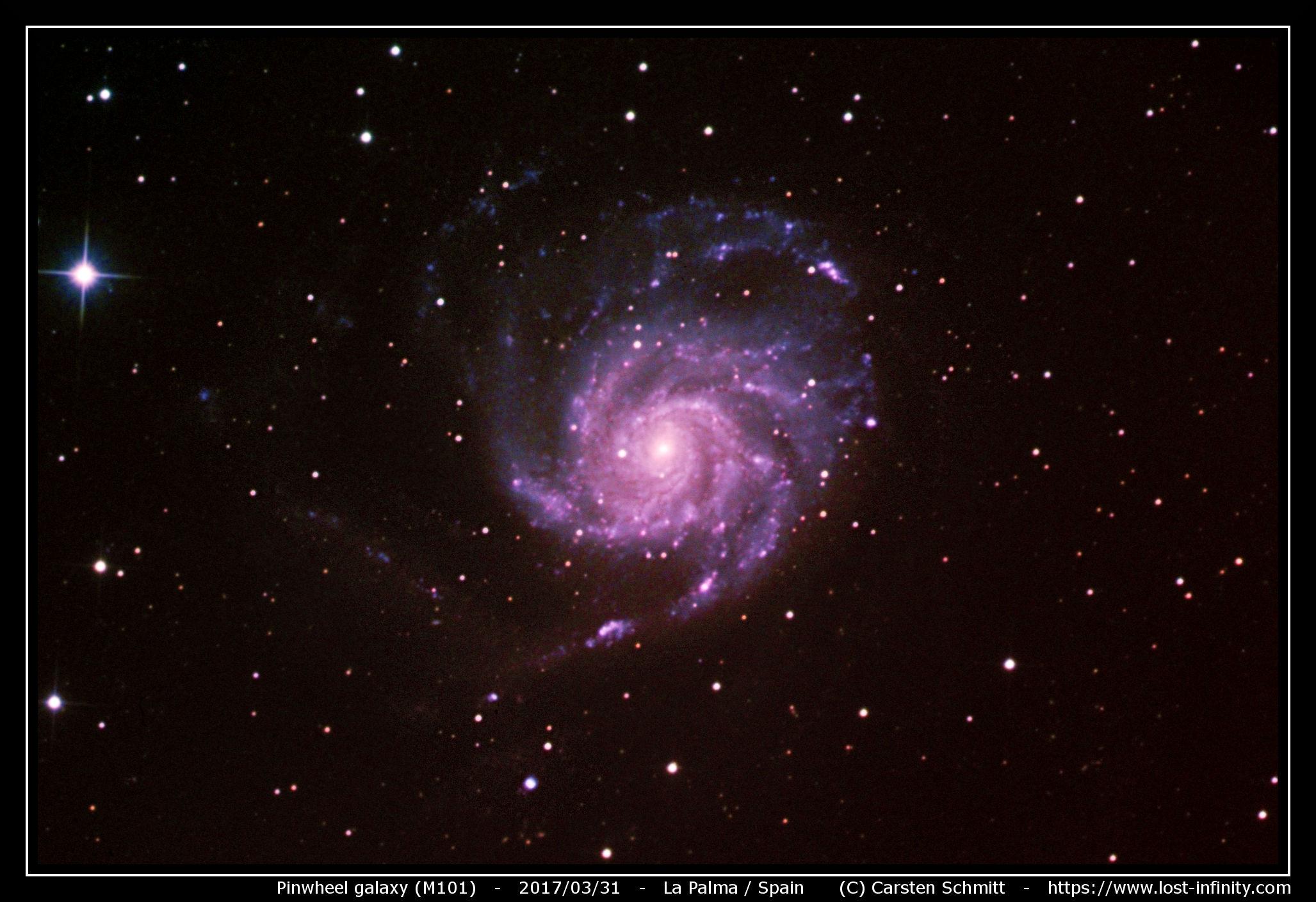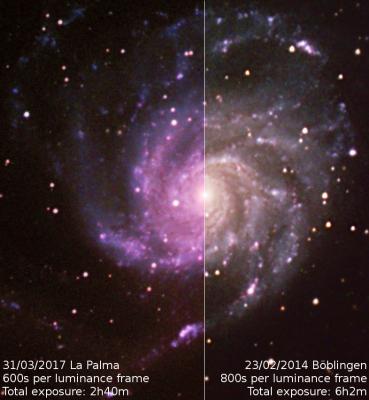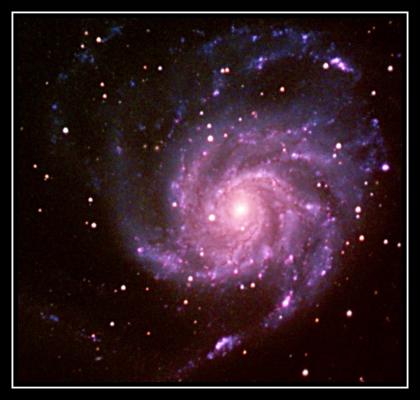 | Date | 2018/12/31 |
 | Location | La Palma / Spain |
 | Object | Andromeda Galaxy (M31) |
 | Camera | Atik383L+ |
 | Guiding | yes, QHY5-II Mono via OAG |
 | Telescope | 8" GSO Newtonian |
 | Barlow lens | none |
 | Mount | EQ6Syntrek |
 | Cooling | -10°C |
 | Luminance | 6x 600s, bin: 1x1 |
 | Red | 5x 150s, bin: 2x2 |
 | Green | 5x 150s, bin: 2x2 |
 | Blue | 5x 150s, bin: 2x2 |
 | Dark | 2x |
 | Flat | 10x |
 | Total exposure | ~1h38m |
Tonight I again decided to image the Andromeda Galaxy (M31) – the first time from La Palma. The seeing tonight was very good – around 1.5~2″ which was extraordinary! Also the weather conditions as shown by La Palma HDMeteo were excellent. Back in 2013 I already imaged the Andromeda Galaxy with the same equipment but from Boeblingen.
It is interesting to see the difference here. For post-processing I used the free software DeepSkyStacker and GIMP. The full resolution images is available here.
Clear skies!
Last updated: June 16, 2022 at 11:57 am




























